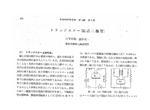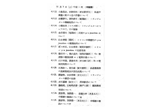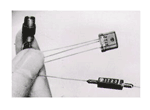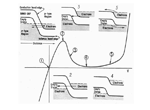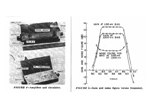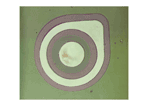Discrete Semiconductor Devices, etc.
1950s
1950: First confirmation of transistor operation in Japan (Electrical Communications Laboratories)
Shingo Iwase and Toshifumi Asakawa of the Electrical Communications Laboratories were the first to achieve amplification by a point-contact transistor in Japan, and reported this at the annual meeting of the Physical Society of Japan in November, 1950.
1954: Release in Japan of the first commercial germanium transistors
In January 1954, the Kobe Kogyo Corporation released a germanium alloy-junction transistor, and in July of that year, the Sony Corporation released a germanium grown-junction transistor. Other manufacturers in Japan also started mass-producing germanium transistors in the late 1950s, and Japan led the world in production at the end of the 1950s.
1957: Invention of the Esaki diode
Leo Esaki of Sony confirmed the tunneling effect in a semiconductor pn-junction diode, which had been predicted in quantum theory, and received the Nobel Prize in Physics for this in 1973. The current–voltage characteristics of this diode exhibit negative resistance. The device entered service in super-high-frequency amplification and super-high-speed logic circuits.
1959: Invention of planar technology (Fairchild Semiconductor)
J. A. Hoerni of Fairchild invented a new process for fabricating diodes and transistors. Rather than removing the silicon oxide film used for the selective diffusion of impurities, the film is further used to protect junctions and insulate the wiring. Hoerni named this the planar process. This was an important invention as it laid the foundation for the subsequent development of integrated circuits.


